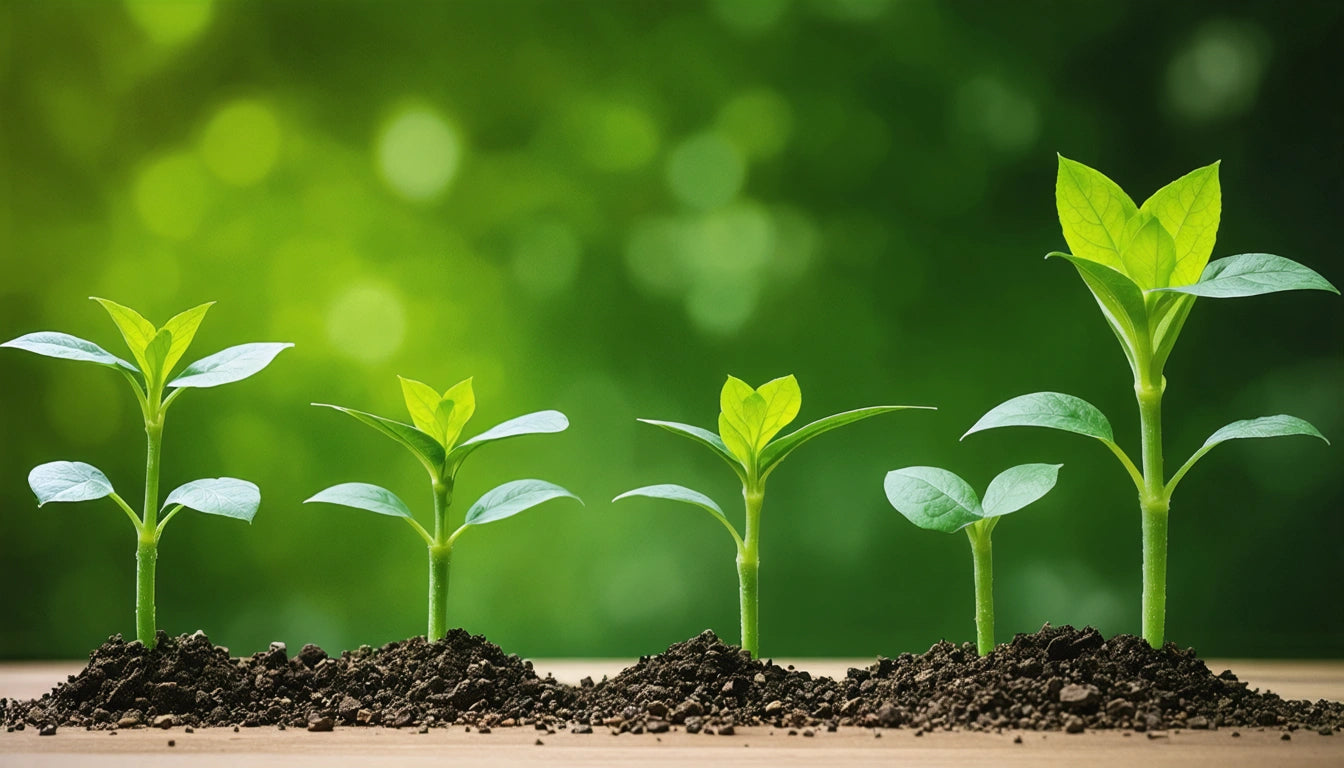Table of Contents
Mastering Plant Cloning: Techniques, Yields, and Common Questions
Plant cloning represents one of the most valuable techniques in horticulture, allowing growers to reproduce exact genetic copies of their favorite plants. Whether you're wondering how much a clone can yield or how to use Clonex rooting gel effectively, understanding the fundamentals of cloning can significantly improve your cultivation success.
Fundamentals of Plant Cloning
Cloning is the process of creating an exact genetic replica of a plant using vegetative propagation rather than seeds. This technique preserves all the characteristics of the parent plant, including growth patterns, potency, and yield potential. According to our guide on understanding cannabis clones, cloning offers consistency that seed propagation simply cannot match.
The primary advantage of cloning is predictability. When you clone a high-performing plant, you can expect similar results from its clones, provided growing conditions remain consistent. This makes cloning particularly valuable for commercial growers who need reliable production cycles.
Step-by-Step Cloning Process
Learning how to clone effectively requires attention to detail and proper technique. Here's a simplified process:
- Select a healthy mother plant in vegetative growth
- Sterilize your cutting tools
- Cut 4-6 inch branches at a 45-degree angle
- Remove lower leaves and trim larger fan leaves
- Dip the cut end in rooting hormone
- Place in your growing medium
- Maintain high humidity (70-80%) and moderate temperature (72-76 °F)
For more detailed instructions, our step-by-step guide to cloning cannabis plants provides comprehensive information on the entire process.
Maximizing Clone Yields
A common question among growers is "how much can a clone yield?" The answer depends on several factors, including:
- Genetics of the mother plant
- Growing conditions and environment
- Vegetative growth period
- Container size and growing medium
- Nutrient regimen
- Training techniques employed
A well-maintained clone can potentially yield as much as its mother plant, but this requires optimal conditions. Clones typically need 2-3 weeks to establish roots before entering a vegetative growth phase. For maximum yields, many growers use specialized containers with secure lids during the early stages to maintain perfect humidity levels while ensuring safety standards are met.
Using Clonex Rooting Gel
Clonex rooting gel is one of the most popular rooting hormones on the market. To use it effectively:
Application Process
1. Make a fresh cut on your clone stem at a 45-degree angle
2. Immediately dip the cut end into the Clonex gel (about 3-5 seconds)
3. Ensure the gel fully covers the cut surface and about 1/4 inch of the stem
4. Insert the cutting into your growing medium without wiping off excess gel
Best Practices
Clonex works by delivering hormones directly to the plant tissue that stimulate root development. For best results, always use fresh gel and avoid contaminating the container. As detailed in our guide on speeding up the rooting process, proper hormone application can reduce rooting time by 25-40%.
Cloning Clones: Possibilities and Limitations
Many growers wonder "what happens if you clone a clone?" or "can you clone a clone?" The answer is yes, you can clone from a clone, but there are important considerations:
Cloning from clones (sometimes called serial cloning) is possible for several generations. However, some growers report diminishing vigor after multiple generations. This isn't due to genetic degradation (the genetics remain identical) but may result from:
- Accumulated pathogens or diseases
- Epigenetic changes (how genes express themselves)
- Hormonal differences in younger plants
To maintain vigor when cloning from clones, always select the healthiest specimens and regularly refresh your mother plant stock, as recommended in our comprehensive guide to cloning.
Common Cloning Challenges and Solutions
Even experienced growers encounter issues when cloning. Here are solutions to common problems:
Slow or No Root Development
If clones aren't rooting, check water quality, temperature, and humidity levels. Using a heat mat to maintain 75-80 °F at the base of cuttings can significantly improve success rates.
Wilting After Cutting
This often indicates excessive transpiration. Increase humidity, reduce light intensity, and ensure your cutting technique preserves the plant's vascular system.
Yellowing Leaves
Some yellowing is normal, but excessive yellowing may indicate nutrient deficiencies or pH imbalances in your cloning medium.
For autoflowering varieties, cloning presents special challenges as detailed in our article on cloning autoflowering plants.
Future of Plant Cloning Technologies
The science of plant cloning continues to evolve with innovations in tissue culture, aeroponic systems, and specialized rooting compounds. Commercial growers are increasingly turning to automated cloning systems that can process hundreds of cuttings per hour with improved success rates.
For home growers, new plug-and-play cloning systems are making the process more accessible than ever. These technologies, combined with a solid understanding of the fundamental principles outlined in our complete guide to growing and caring for clones, are helping cultivators achieve consistent results with less trial and error.
As cloning techniques advance, the ability to preserve and reproduce exceptional plant genetics will remain an essential skill for both hobbyist and commercial growers seeking consistency and quality in their cultivation efforts.











Leave a comment
All comments are moderated before being published.
This site is protected by hCaptcha and the hCaptcha Privacy Policy and Terms of Service apply.